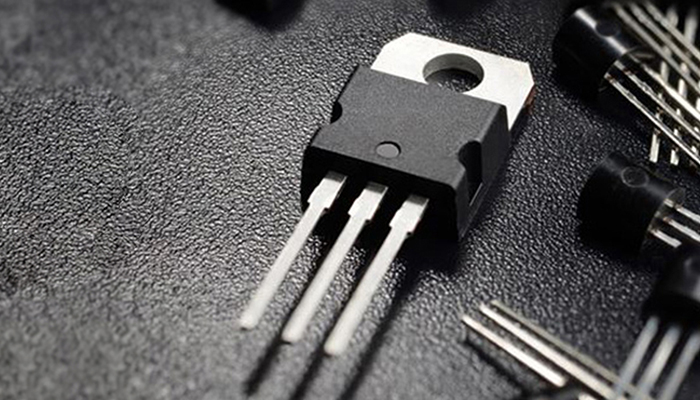SCR (thyristor rectifier) and TRIAC (Bidirectional thyristor) are both semiconductor switching devices used in AC circuits, but they have some key differences.What’s the difference between SCR and TRIAC in electronics?
What is SCR?
At the heart of many power control applications lies the SCR, a semiconductor device capable of regulating current flow in one direction. Comprising three terminals—cathode, anode, and gate—the SCR operates as a switch that conducts current only when triggered by a gate signal. Once triggered, it latches into the conducting state until the current falls below a certain threshold or reverses direction. This unidirectional nature makes the SCR ideal for applications such as motor control, light dimming, and power regulation in rectifier circuits.
What is TRIAC?
In contrast to the SCR’s unidirectional prowess, the TRIAC stands as a versatile device capable of bidirectional control of alternating current (AC). With main terminals MT1 and MT2, along with a gate terminal, the TRIAC functions as a bidirectional switch, conducting current in both directions when triggered by a gate signal. This bidirectional capability makes the TRIAC well-suited for applications such as AC dimmers, fan speed control, and motor speed regulation.
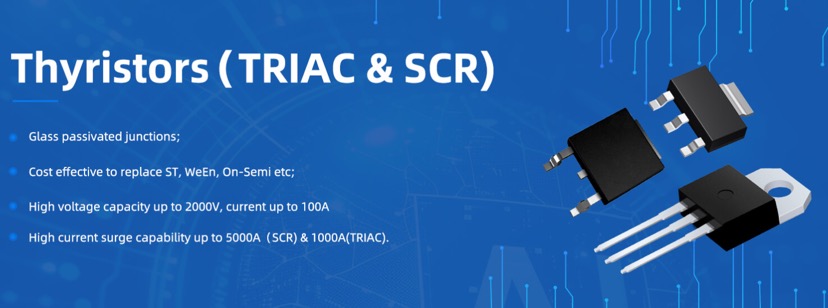
Learn more:Topdiode SCRs&Triacs Introduction
What is difference between SCR and TRIAC?
An SCR and TRIAC are the most important semiconductor devices used in power electronics circuits.
The main reason for the difference between SCR and TRIAC is its construction, where SCR is a Unidirectional semiconductor device, but TRIAC is a Bi-Directional semiconductor device.
Following are other difference between SCR (silicon controlled rectifier) and TRIAC (triode for alternating current) :
| SCR | TRIAC |
| SCR stands for “Silicon Controlled Rectifier”. | TRIAC stands for “Triode for Alternating Current”. |
| SCR construction figure. | TRIAC construction figure. |
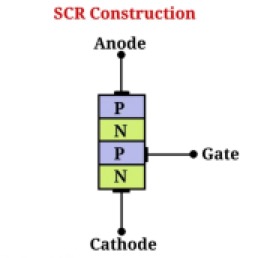 |
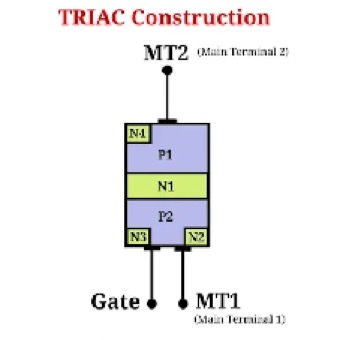 |
| SCR is a three-terminal device; terminals are — Anode, Cathode, Gate. | TRIAC is a three-terminal device, terminals are — MT1, MT2, Gate. |
| Symbol of the SCR. | Symbol of the TRIAC. |
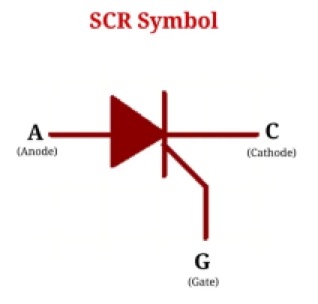 |
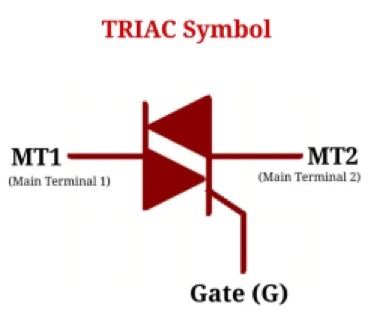 |
| The SCR conducts current in one direction only, so it is a unidirectional device. | The TRIAC conducts current in both directions, so it is a bidirectional device. |
| It has large current capabilities and available in large ratings. | It is available in smaller ratings as compared to SCR. |
| SCR is mainly used to control DC power. | TRIAC control DC as well as AC power. |
| SCR can be triggered by positive gate voltage only. | TRIAC can be triggered either by the positive or negative gate voltage. |
| In SCR only one mode of operation is possible. | In TRIAC four different modes of operation are possible. |
| It is more reliable. | It is less reliable. |
| An SCR needs two heat sinks. | A TRIAC needs only one heat sink. |
| As the SCR is a Unidirectional Device, so polarity should be maintained when it connects to any circuit. | As the TRIAC is a Bi-Directional Device, so it can be connected in any manner with a circuit. |
| SCR examples: BT169D, 25TTS12, 5P4M, BT151, etc. | TRIAC examples: BT131, MAC97A, BTA24, BTA41, etc. |
If you want to explore more component,
please visit our website:https://www.topdiodes.com
Or send inquiry to : Luna@topdiode.com



